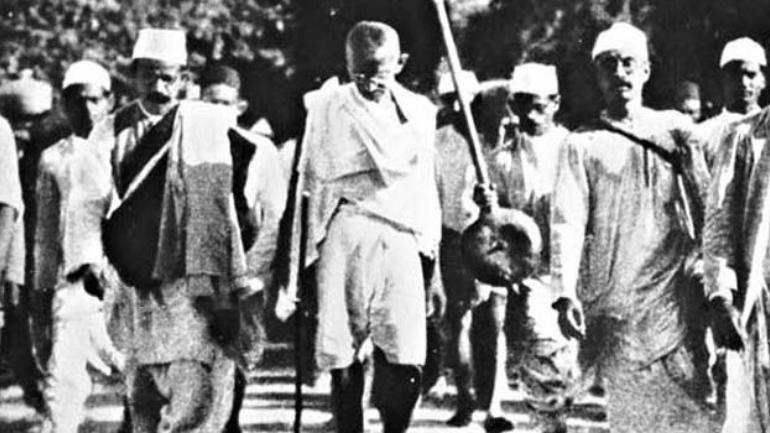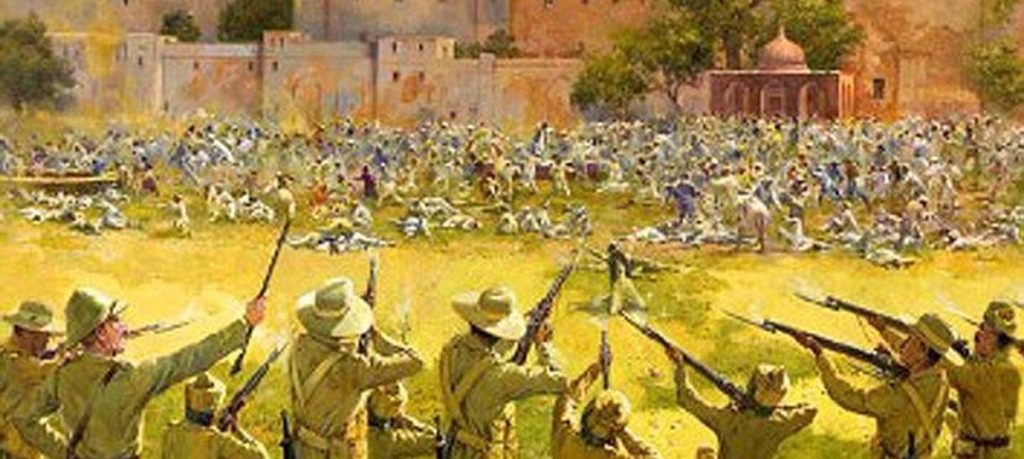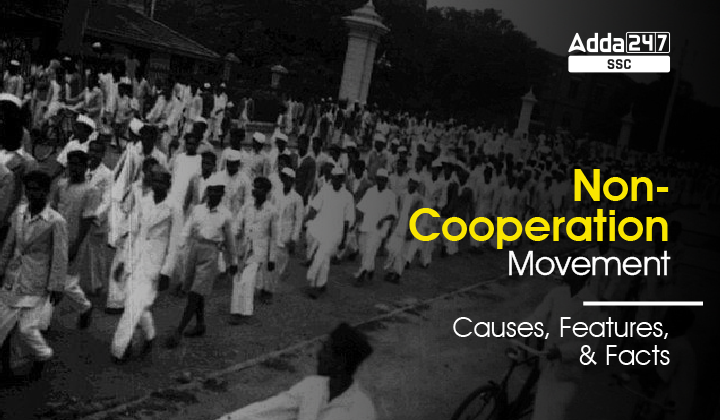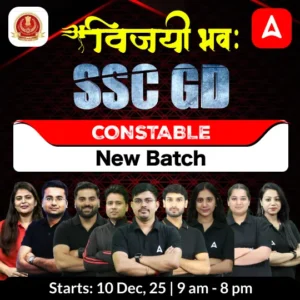Non-Cooperation Movement: Causes, Features & Facts
The Non-Cooperation Movement, initiated by Mahatma Gandhi on August 1, 1920, served as a powerful Satyagraha movement against the oppressive rule of the British Empire. This nationwide movement aimed to non-violently protest the unjust laws and acts introduced by the British government. At the heart of this movement was the mantra of Swaraj, which stood as the ultimate goal. To demonstrate their resolve, people participated by actively boycotting British goods and promoting the use of locally made handcrafted products.
The Non-Cooperation Movement was a pivotal moment in India’s struggle for independence, as it brought together people from different walks of life in a unified resistance against British oppression. It encompassed a range of actions, including boycotting government institutions, schools, and courts. The emphasis on non-violence was a crucial aspect of the movement, with Gandhi emphasizing the power of passive resistance and civil disobedience as effective tools for change.
The movement gained significant momentum and widespread support from the masses, with people actively participating in various acts of civil disobedience. The withdrawal of cooperation from British institutions struck at the very core of their authority and challenged their legitimacy in ruling over India.
Why Non-Cooperation?
As described by Gandhiji in his book “Hind Swaraj”, Britishers could settle in India only with the cooperation of Indians. Hence, if the Indians refused to cooperate, we ccouldachieve Swaraj leading to the collapse of the British Empire.
Khilafat Movement
Gandhiji knew that no broad-based movement in India could be organized without the unity of Hindus and Muslims. The First World War had recently ended with the defeat of Ottoman Turkey. The Khalifa, the spiritual head of the Islamic world was looked upon by the Muslims as their head. As there were rumours of a harsh peace treaty to be imposed on Khalifa, a Khilafat Committee was formed in Bombay in March 1919 to defend the powers of Khalifa.
Hence, the Muslim brothers, Muhammad Ali, and Shaukat Ali launched an anti-British movement and discussed the possibility of united mass action with Gandhiji. At the Calcutta session of the Congress that happened in September 1920, Gandhiji also convinced other leaders to start a non-cooperation movement in support of Khilafat as well as for Swaraj.

Causes of the Non-Cooperation Movement
- Rowlatt Act- Under the Rowlatt Act passed in 1919, fundamental rights such as the freedom of expression were curbed and it strengthened the police powers. This act was passed under the viceroyalty of Lord Chelmsford which gave the government enormous powers to repress political activities in the country and allowed the detention of political prisoners without trial for two years. The Act was criticized as “devilish” and tyrannical.
- Jallianwala Bagh Massacre- On 13 April 1919 the Jallianwalla Bagh incident took place. General Dyer opened fire on thousands of people gathered in Jallianwala Bagh killing hundreds. His object, as he declared later, was to ‘produce a moral effect’, on the people.
- The First World War- The war created a new economic and political situation in the country. A huge increase in defence expenditure was seen, customs duties were raised and income tax was introduced. Prices increased through the years, doubling between 1913 and 1918 leading to extreme hardship for the common people. Crop failure was witnessed in many parts of India, resulting in acute shortages of food. This was accompanied by an influenza epidemic. Even after the war was over, the hardships of people continued and no help was provided by the British.

Features of the Non-Cooperation Movement
- The essential feature of the Non-cooperation movement was that only non-violent means were adopted initially to fight against the brutalities of the British.
- The movement gained its momentum with the surrender of titles awarded by the government, and when the civil services, army, police, courts, legislative councils, schools, and foreign goods were boycotted.
- Foreign goods were boycotted in the country, liquor shops picketed, and foreign cloth burnt in huge bonfires.
- Many lawyers such as Motilal Nehru, C.R. Das, C. Rajagopalachari, and Asaf Ali gave up their practices.
- The imports of foreign cloth fell drastically between 1920 and 1922.
- As the movement spread, people started discarding all the imported clothes and began wearing only Indian ones, increasing the production of Indian textile mills and handlooms.
What led to the slowing down of the Non-Cooperation Movement?

- The movement started getting violent in various parts of the country with people interpreting their own meaning of Swaraj.
- Chauri Chaura Movement: On 5th February 1922, angry peasants attacked a local police station at Chauri Chaura, UP. Twenty-two policemen were killed in this incident. The peasants were provoked because the police had fired on their peaceful demonstration. This led to the calling off of the Non-Cooperation movement Gandhiji.
| Check related links: | |
| Fundamental Rights Of Indian Citizens | Important Lakes Of India | List Of Largest Lakes Of India |
Non-Cooperation Movement: FAQs
Q. What is Non-Cooperation Movement?
Ans: Noncooperation Movement, an unsuccessful attempt in 1920–22, organized by Mahatma Gandhi, to induce the British government of India to grant self-government, or swaraj, to India.
Q. What are the 3 causes of the Non-Cooperation Movement?
Ans: The three main causes behind the Non-Cooperation Movement were: Jallianwala Bagh Massacre. Rowlatt Act, and Khilafat Movement.
Q. Who started the Non-Cooperation Movement?
Ans: The movement was one of Gandhi’s first organized acts of large-scale satyagraha.
Q. Where was Non-Cooperation Movement started?
Ans: The Non-Cooperation Movement was started on 1st August 1920 in Calcutta.



 Upcoming Government Exams, Complete Govt...
Upcoming Government Exams, Complete Govt...
 Govt Jobs 2025, Latest Upcoming Governme...
Govt Jobs 2025, Latest Upcoming Governme...
 SSC Exam Calendar 2025–26 Out, Check All...
SSC Exam Calendar 2025–26 Out, Check All...









